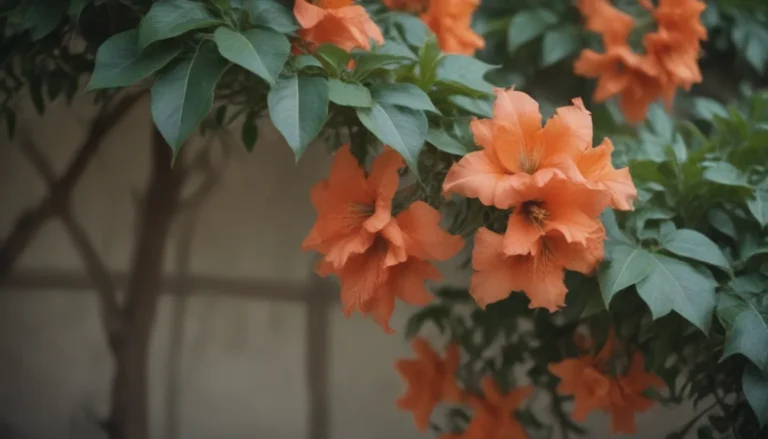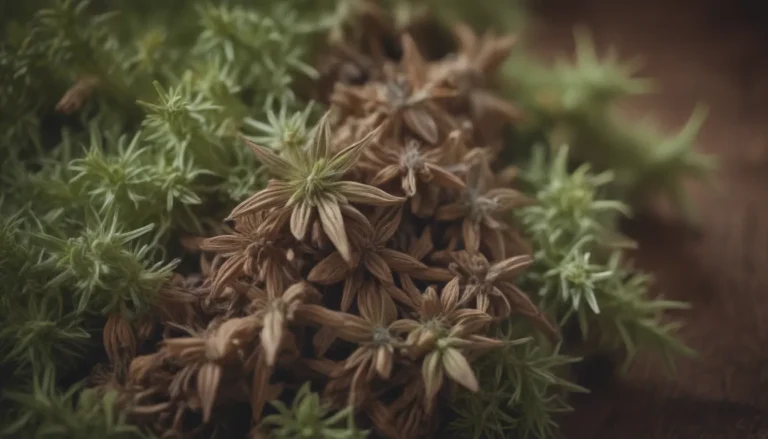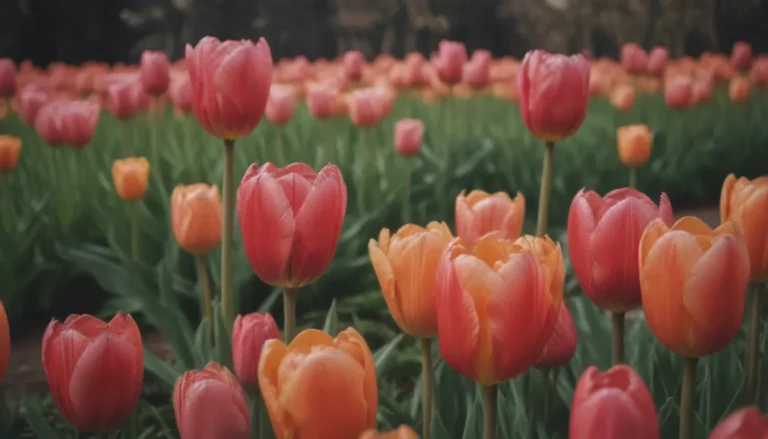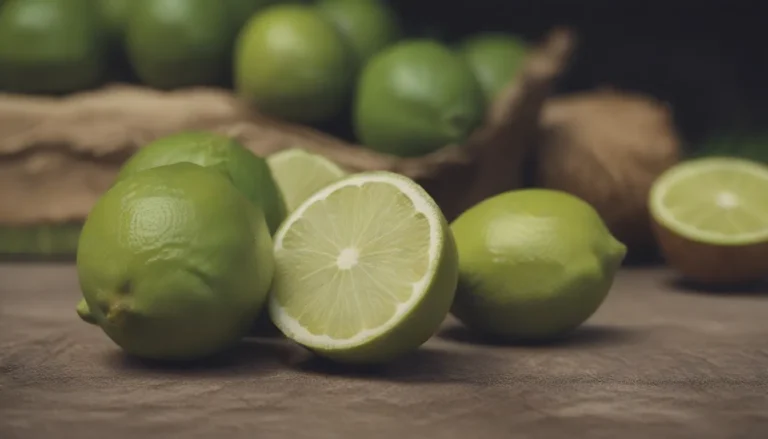Everything You Need to Know About Growing Blue Star (Amsonia) Flowers
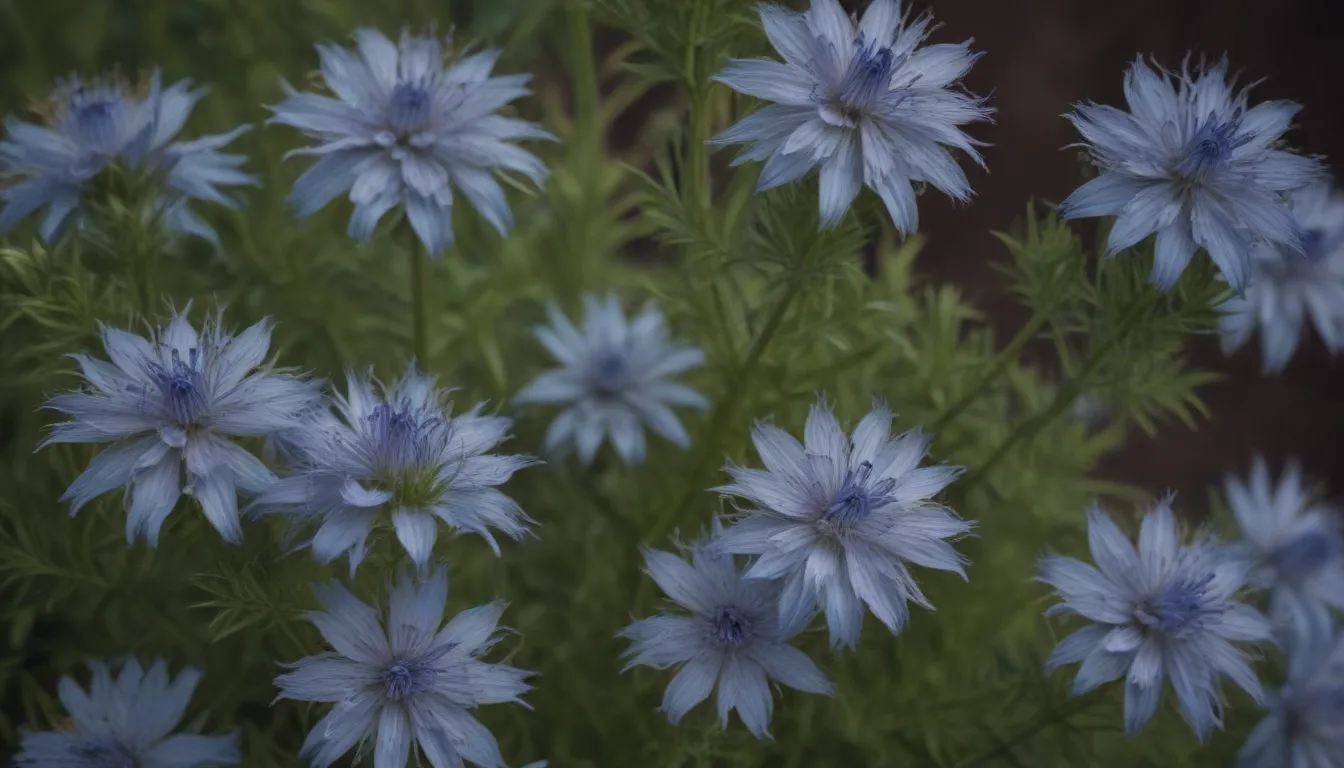
Are you looking to add a pop of soft blue to your garden? Look no further than the beautiful blue star flowers, also known as amsonia. These star-shaped blooms are a true delight to behold, adding a touch of elegance to any outdoor space. In this comprehensive guide, we’ll walk you through everything you need to know about growing and caring for blue star flowers, so you can enjoy their beauty in your own garden.
Introduction to Blue Star Flowers
Blue star flowers, named for their stunning soft blue petals, are native to various regions of North America. These medium-growing plants are not only visually appealing but also easy to care for, making them a popular choice among gardeners. Here are some key features of blue star flowers:
- Small star-shaped flowers that bloom in fluffy clusters
- True blue color, adding a unique hue to your garden
- Airy and substantial foliage that complements other plants
- Brilliant yellow fall foliage for added visual interest
- Typically grow 2-3 feet tall and wide, depending on the variety
- Leaves are narrow and lance-shaped, with a pronounced mid-rib
The beauty of blue star flowers lies in their versatility in garden design. They can be paired with a variety of plants, from peonies to hostas, creating stunning combinations that will enhance your outdoor space.
Amsonia Care Guide
Taking care of blue star flowers is relatively straightforward, making them an excellent choice for both seasoned gardeners and beginners. Here are some essential tips for caring for your blue star plants:
Light
- Plant your blue star flowers in full sun for best results
- They can tolerate partial shade, especially in hot, dry climates
Soil
- Blue star plants prefer a neutral soil pH, between 6.2-7.0
- They can thrive in various soil conditions, even poor soil
- Ensure the soil never dries out, especially during the growing season
Water
- Blue star plants require regular watering to keep the soil moist
- Once established, they can handle brief periods of drought
Temperature and Humidity
- Blue star flowers thrive in hot and humid climates
- Ensure they have adequate moisture during periods of high humidity
Fertilizer
- When new leaves emerge, feed your blue star plants with a water-soluble, slow-released fertilizer
Popular Amsonia Varieties
There are several varieties of blue star flowers to choose from, each with its unique characteristics. Some popular varieties include:
- ‘Arkansas amsonia’
- ‘Hubricht’s blue star’
- ‘Narrow leaf blue star’
- ‘Ozark blue star’
- ‘Blue dogbane’
- ‘Eastern blue star’
- ‘Willow amsonia’
- ‘Woodland blue star’
Each variety offers something special, so take your time to explore the different options and choose the one that best suits your garden.
Pruning Tips for Blue Star Flowers
While blue star plants require minimal maintenance, some pruning may be necessary to keep them looking their best. Here are some pruning tips for blue star flowers:
- Trim back the plants by one third after flowering to prevent floppiness
- Consider staking them with a hoop to support heavy flowers
- Framing your blue star plants with sturdy plants can also help keep them upright
How to Grow Amsonia From Seed
If you’re interested in growing blue star flowers from seed, here’s how you can do it:
- Harvest seeds from the plant when the pods are dry
- Start seeds in the fall and overwinter them in a cold frame or protected area
- Transplant seedlings in the spring and keep the soil moist until they germinate
Alternatively, you can purchase blue star plants from garden centers, where they are becoming increasingly available. These plants typically reach maturity within two to three years, allowing you to enjoy their beauty sooner.
Overwintering Your Blue Star Plants
To ensure your blue star plants survive the winter months, consider the following tips:
- Cover them in a heavy frost blanket
- Bring them inside to an unheated garage that stays just above freezing
By taking these precautions, you can protect your blue star plants and ensure they thrive come spring.
Common Pests and Diseases
One of the advantages of growing blue star flowers is that they are virtually problem-free. Pests and diseases are rare concerns for these resilient plants, allowing you to enjoy their beauty without worry.
In conclusion, blue star flowers are a delightful addition to any garden, offering stunning blooms, vibrant fall foliage, and minimal maintenance requirements. By following the care tips outlined in this guide, you can cultivate a thriving display of blue star flowers in your own outdoor space. So why wait? Start planning your blue star garden today and enjoy the beauty of these star-shaped blooms year after year.


